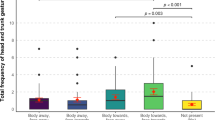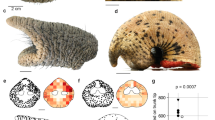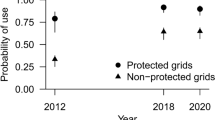Abstract
I NOTE with no little interest that the subject of “the elephant in America” has been revived in a communication to NATURE by Prof. G. Elliot Smith. The animal pictured by Prof. Smith has been interpreted by Dr. Allen and myself as a blue macaw (Ara militaris) in the following passage:—“The (figure) has even been interpreted as a trunk of an elephant or a mastodon, but is unquestionably a macaw's beak. In addition to the ornamental cross-hatching on the beak, which is also seen on the glyph from the same stela, there is an ornamental scroll beneath the eye, which likewise is cross-hatched and surrounded by a ring of subcircular marks that continue to the base of the beak. The nostril is the large oval marking directly in front of the eye” (Tozzer and Allen, Peabody Museum Papers, vol. iv., No. 3, p. 343, Cambridge, 1910).
This is a preview of subscription content, access via your institution
Access options
Subscribe to this journal
Receive 51 print issues and online access
$199.00 per year
only $3.90 per issue
Buy this article
- Purchase on SpringerLink
- Instant access to full article PDF
Prices may be subject to local taxes which are calculated during checkout
Similar content being viewed by others
Author information
Authors and Affiliations
Rights and permissions
About this article
Cite this article
TOZZER, A. Pre-Columbian Representations of the Elephant in America. Nature 96, 592 (1916). https://doi.org/10.1038/096592b0
Issue date:
DOI: https://doi.org/10.1038/096592b0



